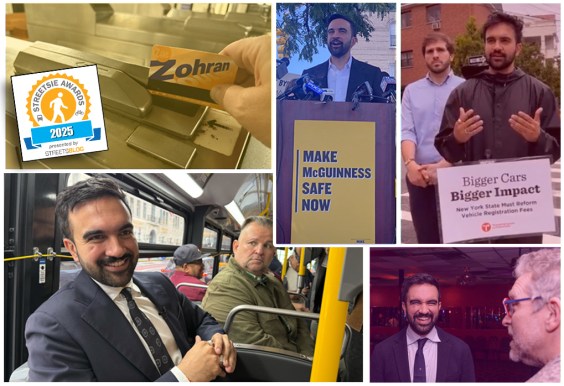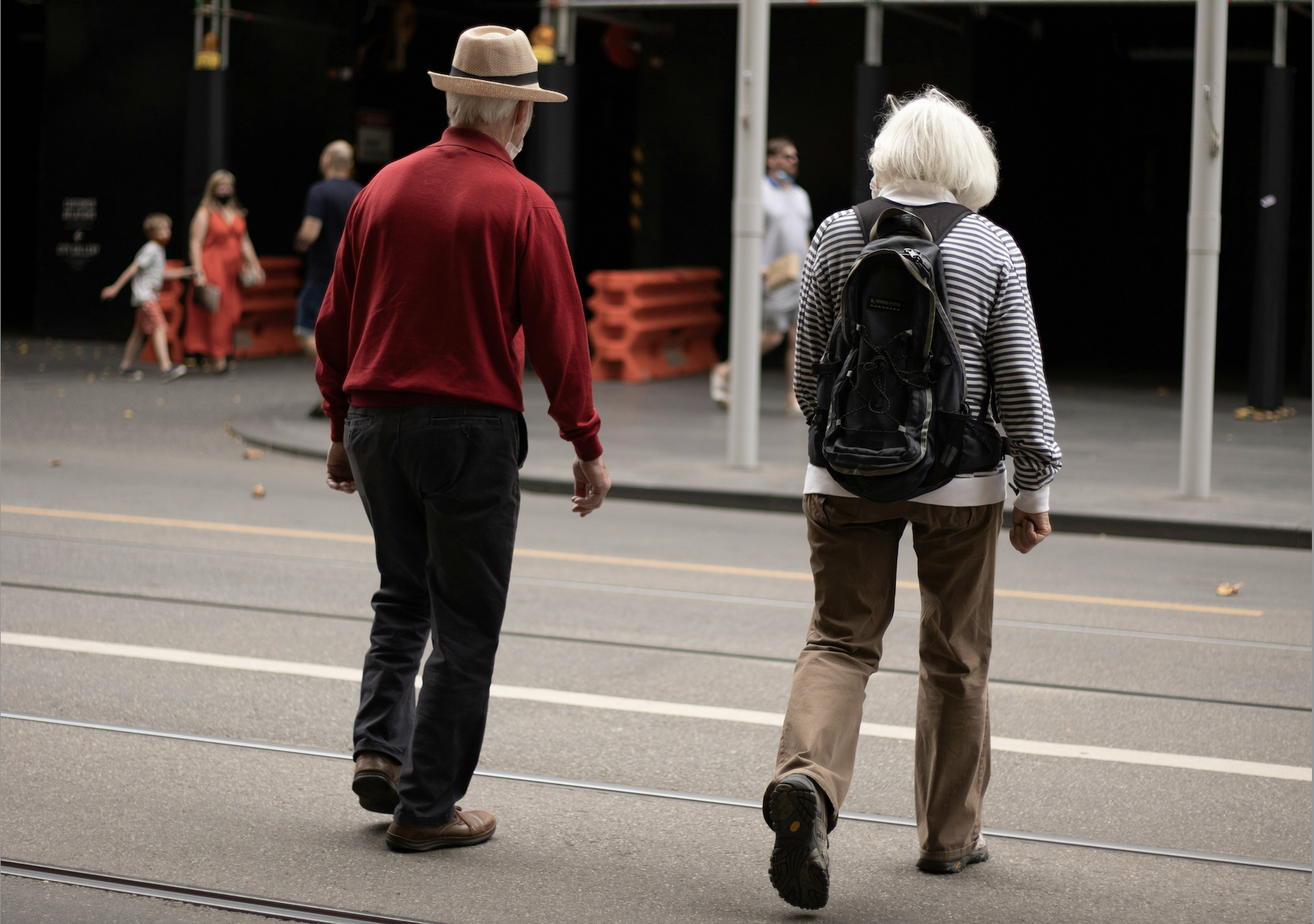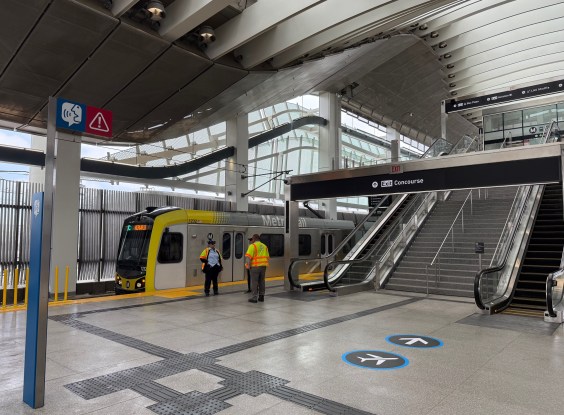For years, the number of pedestrians who lose their lives to America’s roadways has steadily risen, creating a disturbing trend that — although slowing down after a pandemic-era spike — hasn’t reversed fast enough, a new report says.
Pedestrian deaths are down for the second year in a row, dropping by 4.3 percent — or about 300 individuals — last year from 2023, new estimates from a traffic safety nonprofit showed Thursday. Using preliminary data gathered from each state, Governors Highway Safety Association projected that a total of 7,737 pedestrians lost their lives last year.
The group celebrated the fact that fatalities and reckless driving have started to settle after the pandemic, when they say a lack of cars on the road, combined with less police enforcement, induced an epidemic of reckless driving.
But they also point out that number is still almost twice what it was just two decades ago. In 2009, only 4,109 pedestrians lost their lives on American roads. Since then, deaths have risen almost every year, peaking in 2022, and created a national crisis that cannot go unaddressed, safety experts say.
“It’s encouraging, but not enough,” said David Harkey, president of the Insurance Institute for Highway Safety and Highway Loss Data Institute. “We’ve got a lot more work to do.”

The rise in pedestrian fatality rates has been disproportionate to their motorized counterparts, increasing from around 12 percent in 2019 to now almost a fifth of all traffic-related deaths.
“Looking back with a wide lens, it’s really been scary for pedestrians,” said Adam Snider, director of communications at Governors Highway Safety Association. “Behind every one of these numbers is a human life — it’s one of your coworkers, friends, or family members. The pedestrian crisis is an American crisis and it impacts everyone in this country.”
Snider also notes that more pedestrians are being struck and killed by so-called “light trucks,” larger vehicles like SUVs and pickup trucks, which now make up almost 80 percent of sales in the U.S. And as automobile manufacturers update their vehicle designs, many become even bigger — and more lethal to pedestrians, in an “arms race” to dominate the road.
“We see that people are getting safer and safer inside the vehicles. That’s a good thing, we want that,” added Leah Shahum, executive director at Vision Zero Network. “But unfortunately, as cars get bigger and heavier, they’re increasing danger for people outside the cars.”
There’s a new concern for those commuting by foot: hit-and-run drivers. According to the GHSA, drivers flee the scene in about a quarter of pedestrian fatalities nationwide.
While that sort of dangerous driving is partly at fault for the report’s findings, Snider said, the problem goes beyond the behavior of individuals.
“It’s hard to ascribe this to any one particular factor,” he said. “For a long time, the country as a whole did not fully invest in the infrastructure that we need to keep people — those outside the vehicle — safe. Not just pedestrians, but cyclists too. That’s caught up with us. Combine a lack of enforcement and insufficient infrastructure, and it’s just a recipe for disaster.”
The report recommends a comprehensive campaign for fighting traffic violence, including advances in safer infrastructure, education to modify road users’ behavior, and improvements to both enforcement and vehicle technology.
“Broadly, roadways are a system that needs to incorporate everyone using them. That goes from the design aspect to the behavioral issue — everyone plays a role in safety, regardless of being a pedestrian or driver,” Snider said.
Other countries — and even examples of success in local U.S. cities — prove that progress is possible.
“We are seeing a lot of bright spots on the local level. A lot of seeds have been planted over the last decade, communities that have really been investing and funding projects that really prioritize safety over speed,” Shahum said. “There’s been an awakening to the reality that we can and should do more to invest in safe systems. That ranges from the way we design our streets, how we set our speed limits and to how our vehicles are designed.”
Editor's note: the final quote in this article has been slightly updated at the request of the interviewee.






